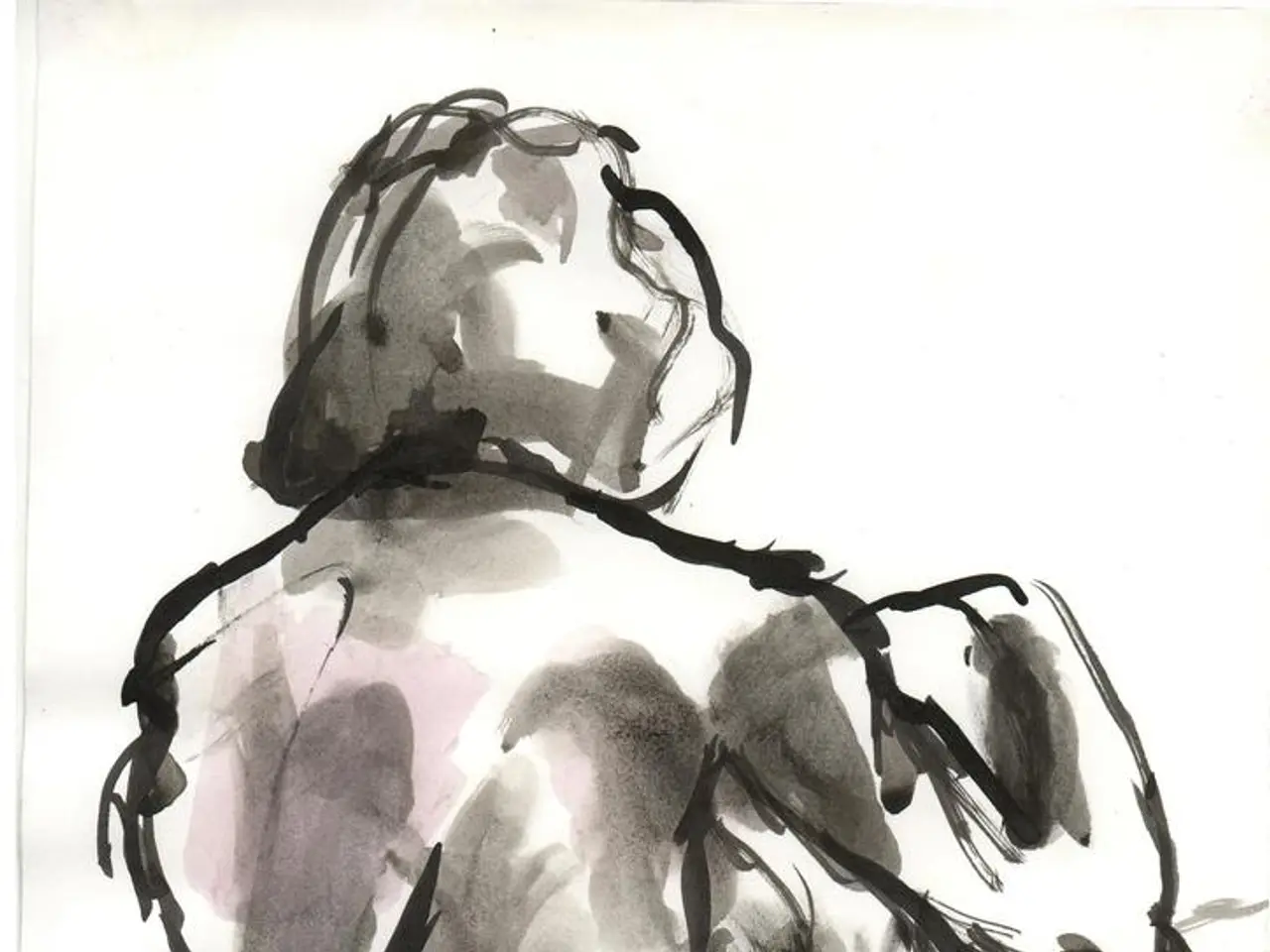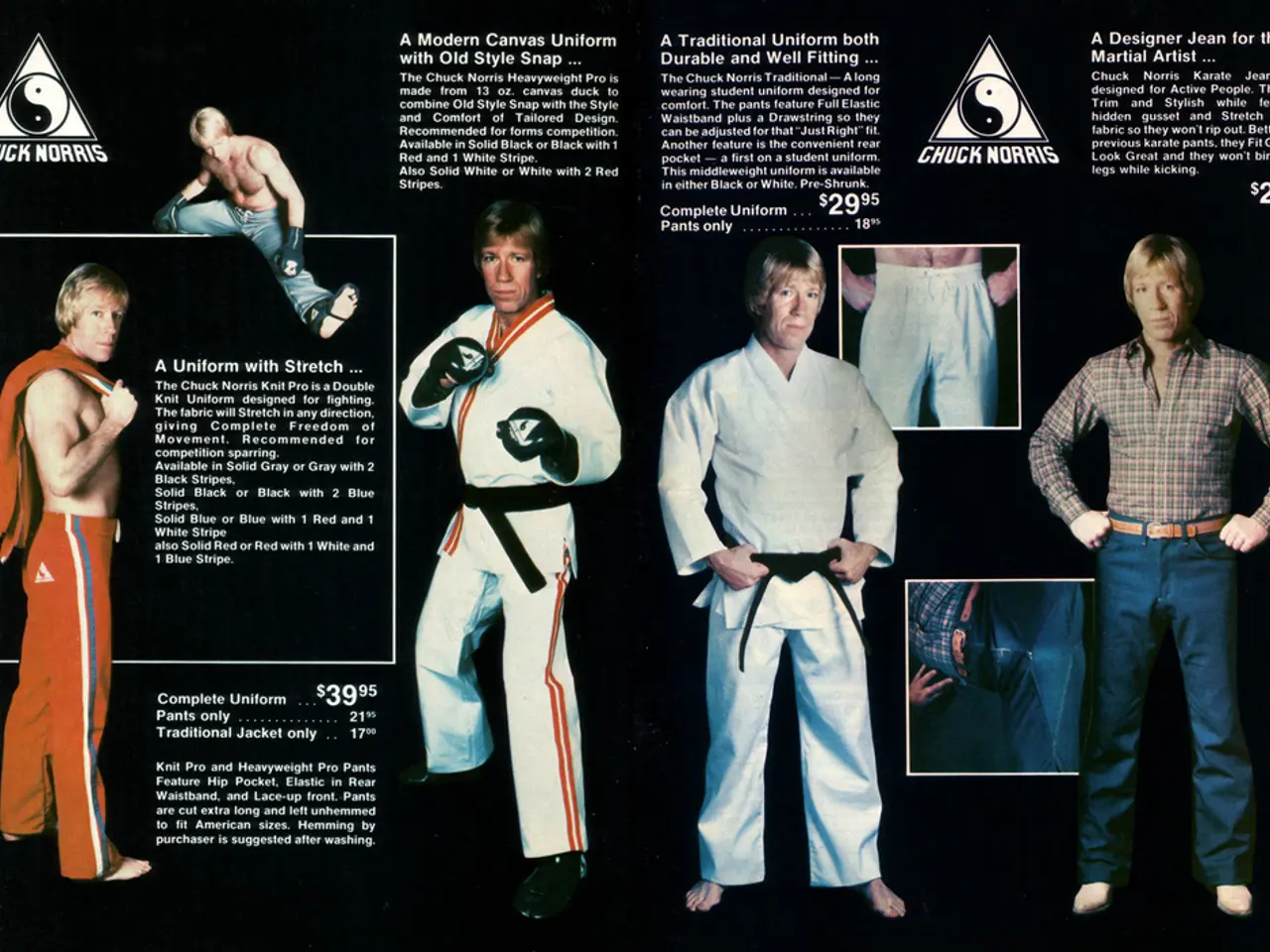Master the Art of Sketching for Brainstorming and Innovation
In the realm of User Experience (UX) design, sketching has emerged as a fundamental tool that aids designers in exploring, refining, and communicating ideas effectively. Here's a closer look at how sketching contributes to each stage of the design process, and how it differs from prototyping.
**Exploring Ideas**
Sketching allows UX designers to swiftly generate and explore multiple design concepts in the early stages. This rapid concept generation helps identify promising ideas by providing a quick visualization of ideas for assessment. What's more, sketches are typically low-commitment, making it easier to iterate and discard ideas without significant loss.
**Refining Ideas**
As designers refine their ideas, sketching remains a valuable asset. Sketches facilitate iterative refinement through continuous feedback and reflection, helping designers perfect their concepts. Furthermore, sketches can be easily shared and reviewed, encouraging collaborative feedback that aids in refining the design.
**Communicating Ideas**
Sketching plays a pivotal role in communicating ideas among team members and stakeholders. The visual nature of sketches provides a tangible representation of design concepts, making it easier for others to understand and engage with the ideas. Moreover, low-fidelity sketches are often more accessible and easier to understand than detailed prototypes, allowing for broader and more inclusive feedback.
**Comparison to Prototyping**
Sketching differs from prototyping in several ways. Sketches are typically low-fidelity, while prototypes are higher in fidelity and often more interactive. Sketching is primarily used for idea generation and exploration, while prototyping focuses on testing and validating design decisions. Additionally, sketching is quicker and requires fewer resources compared to prototyping, which can be more time-consuming and resource-intensive.
**Scribble Sketching**
Scribble Sketching is a technique for quickly capturing the essence of an object, design, or action, leaving out non-important details. This technique is particularly useful in the digital age, where sketches remain easy, fast, and cheap to create, iterate, and discard.
**Prototyping and Sketching**
Sketches and prototypes have distinctive roles in the development of a design concept. Use sketches in the exploratory stages of a design to propose, refine, communicate, and critique ideas in a tangible format. Low-fidelity prototypes can be used later in the design process to test broad concepts and specific features.
**Record Keeping**
Maintaining a record of both failed and successful design efforts can help designers develop a critical eye and improve their skills. Keeping a record of successful design provides inspiration from multiple domains for future design work.
**Recommended Reading**
For those interested in learning more about sketching in UX design, the books "Sketching User Experiences: Getting the Design Right and the Right Design" by Bill Buxton and "Sketching User Experiences: The Workbook" by Saul Greenberg, Sheelagh Carpendale, Nicolai Marquardt, and Bill Buxton are highly recommended. These resources offer valuable insights into the world of sketching in UX design and provide practical guidance for designers at all levels.
- Incorporating sketches into Interaction Design can help refine ideas by providing opportunities for iterative refinement and collaborative feedback.
- Sketching plays a vital role in UI Design, as it allows designers to swiftly explore multiple design concepts and communicate ideas effectively, even to users with little technical knowledge.
- The use of sketching in Education-and-Self-Development, particularly in courses focused on technology and lifestyle, can foster creative problem-solving and collaboration in digital UX design.
- Sports teams, in their endeavor to enhance the user experience of their digital apps and websites, might benefit from employing sketching strategies to explore and communicate design concepts, thereby improving the overall user experience.




